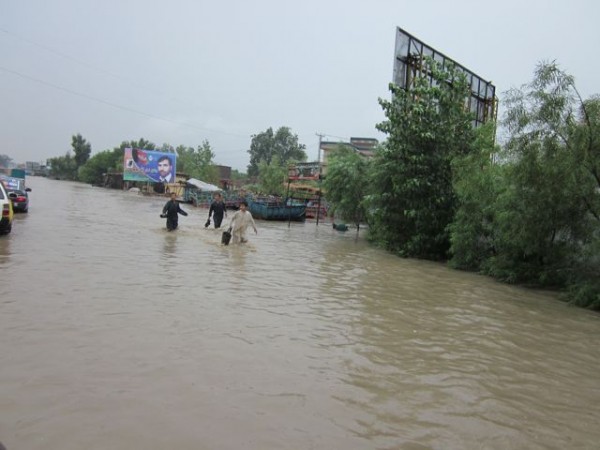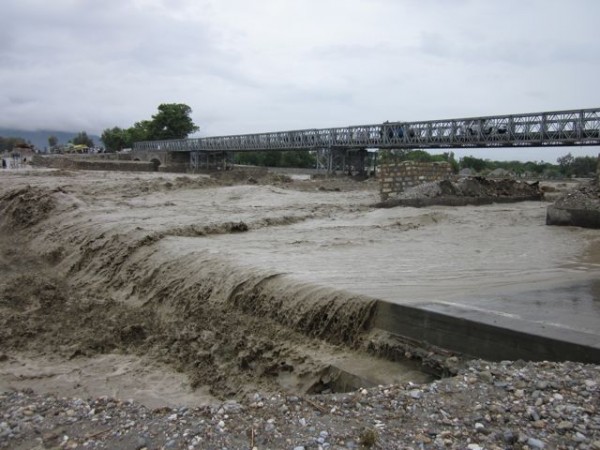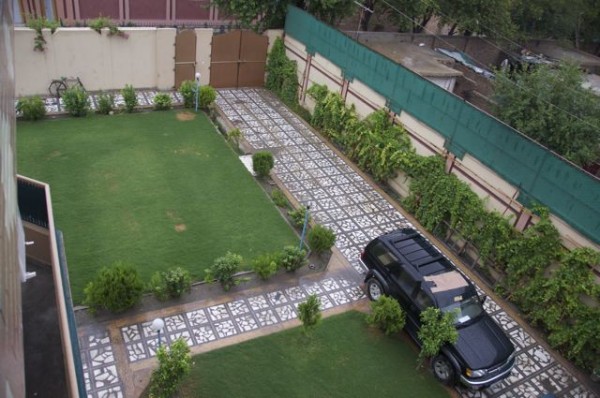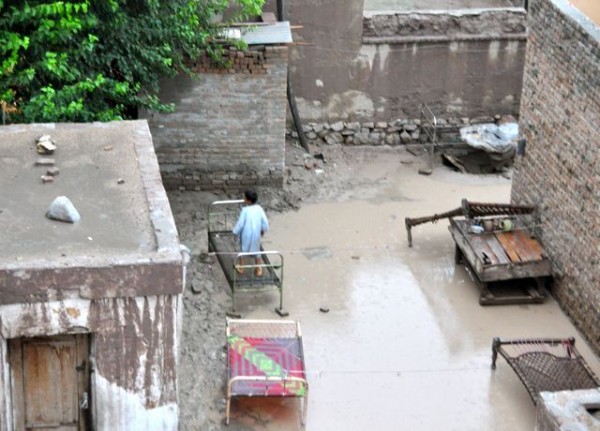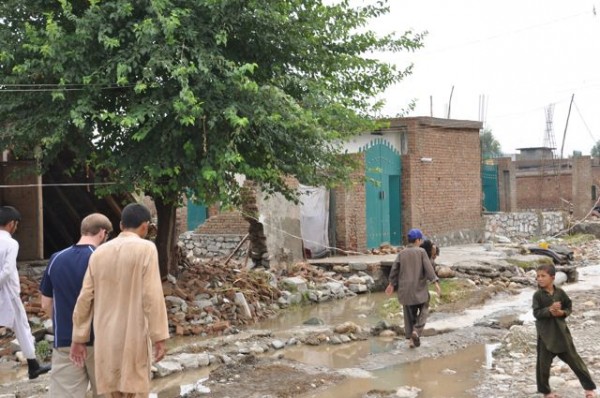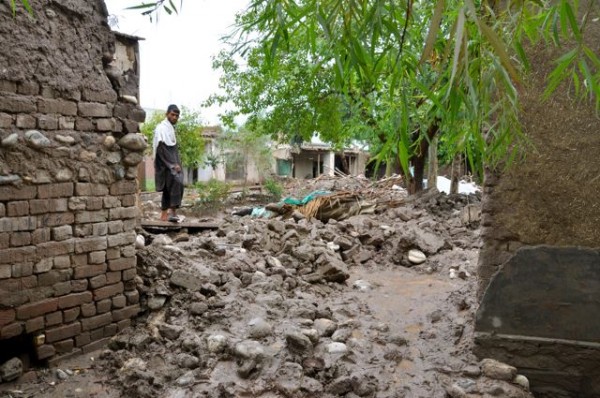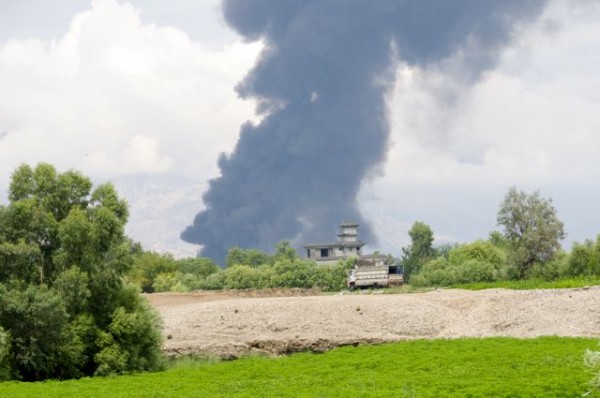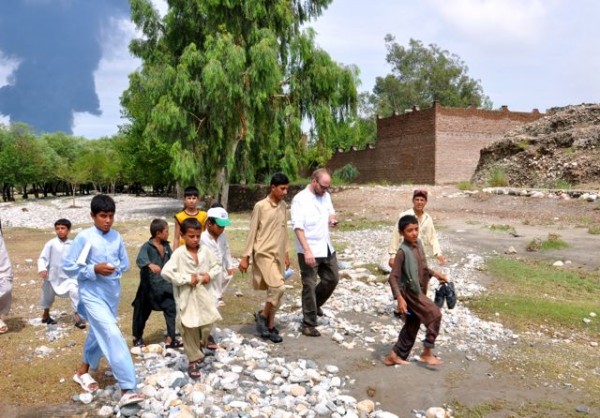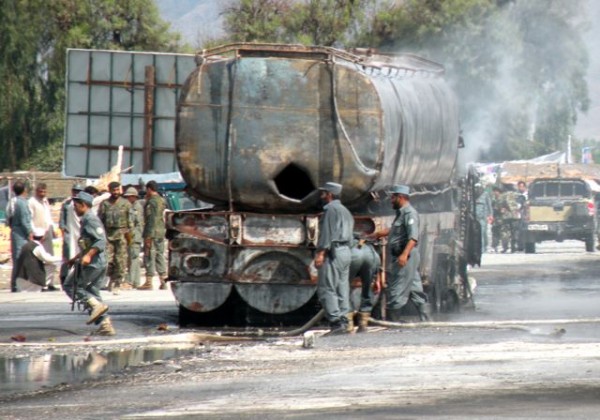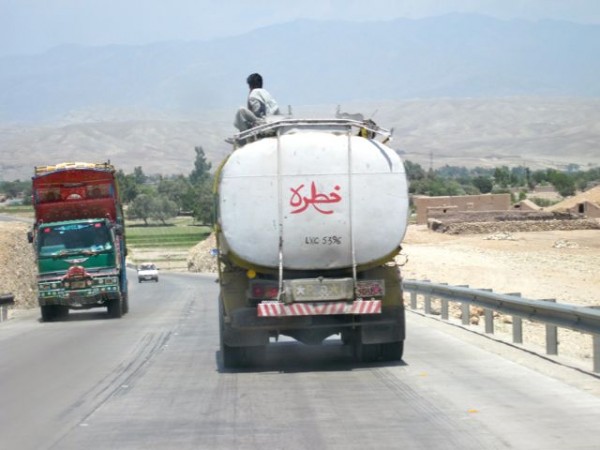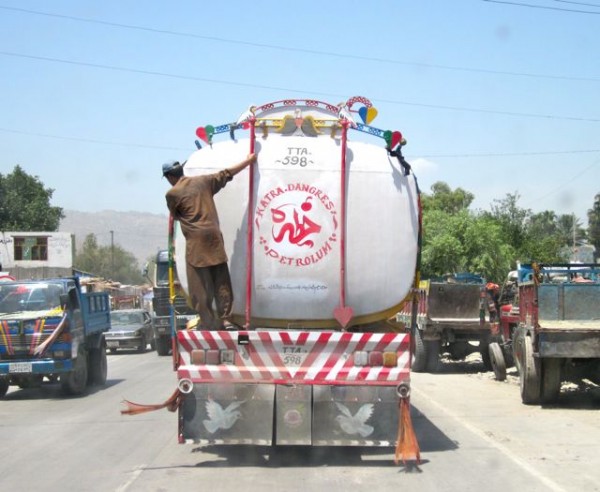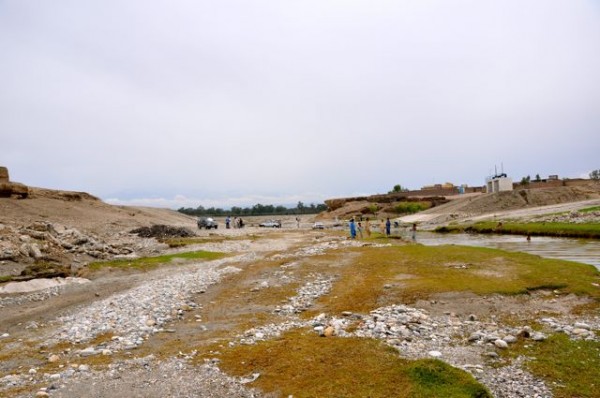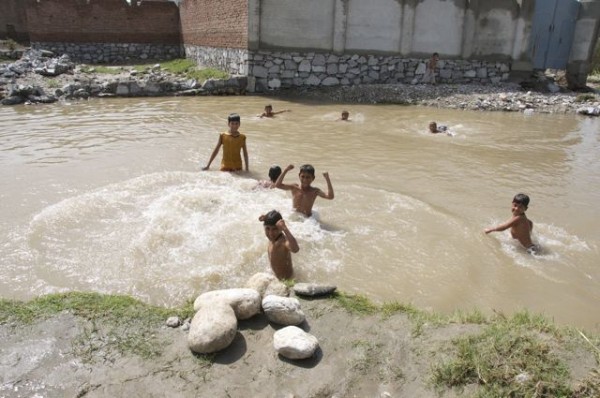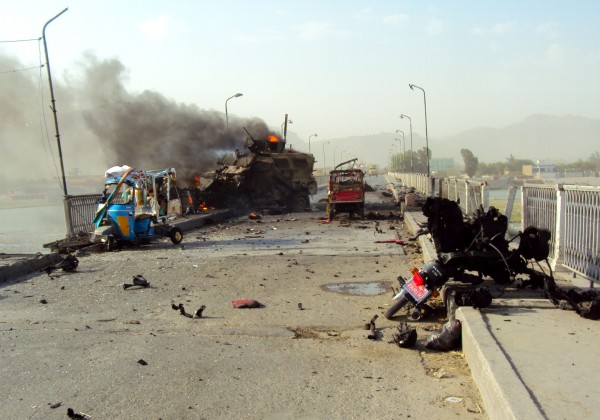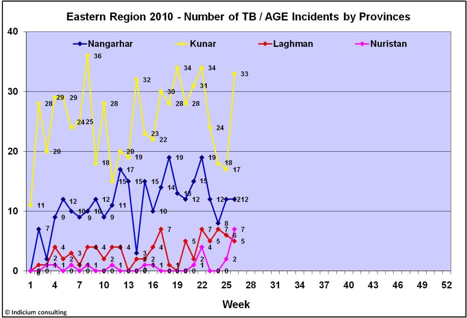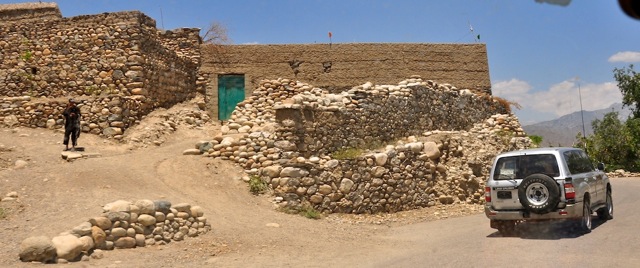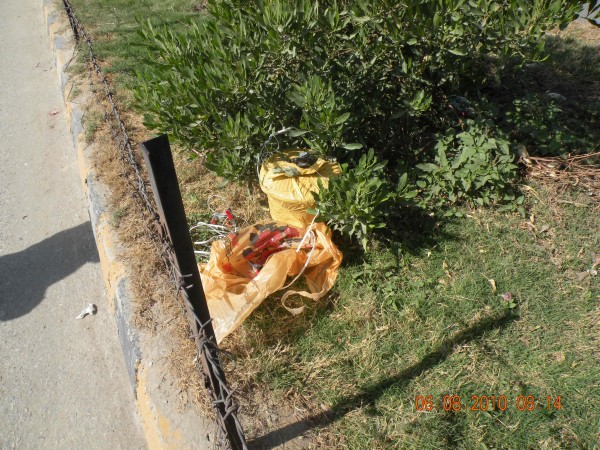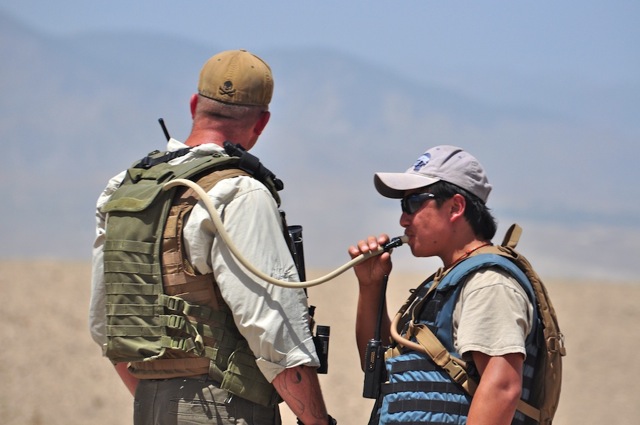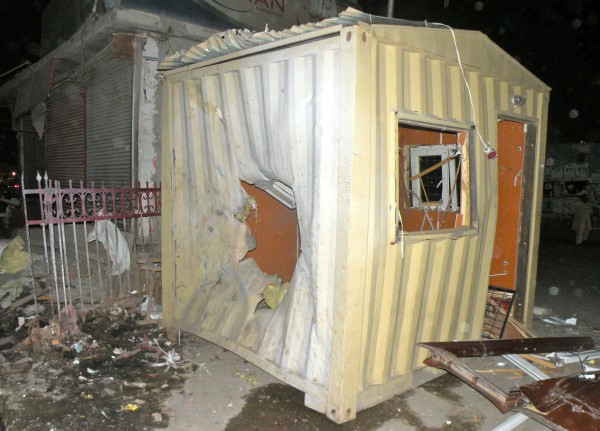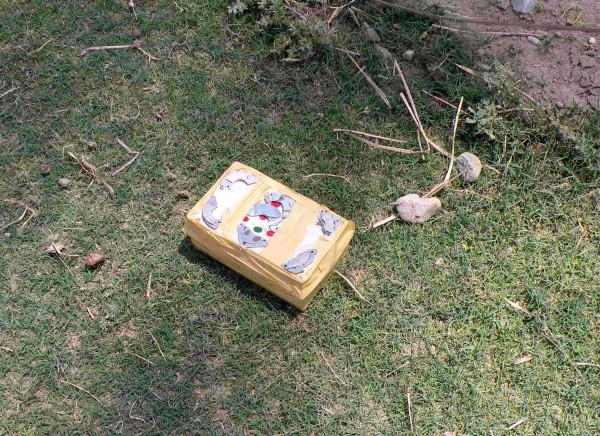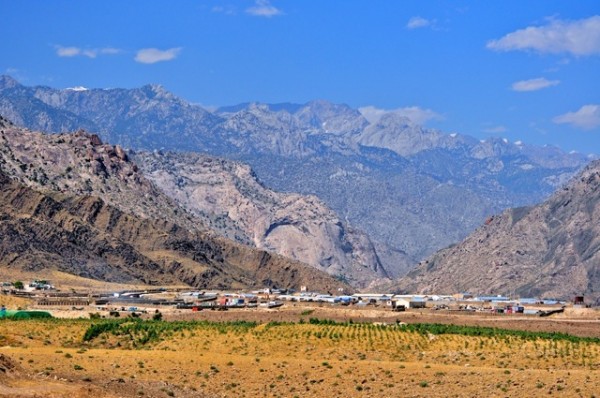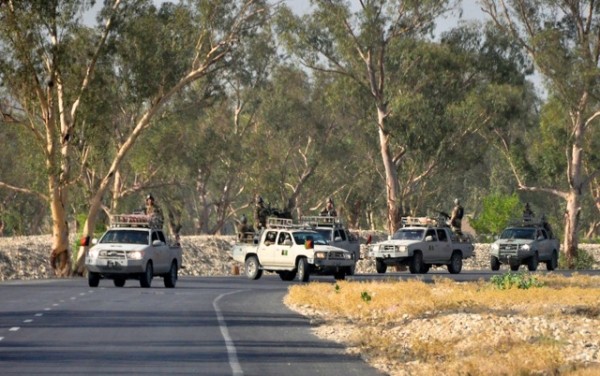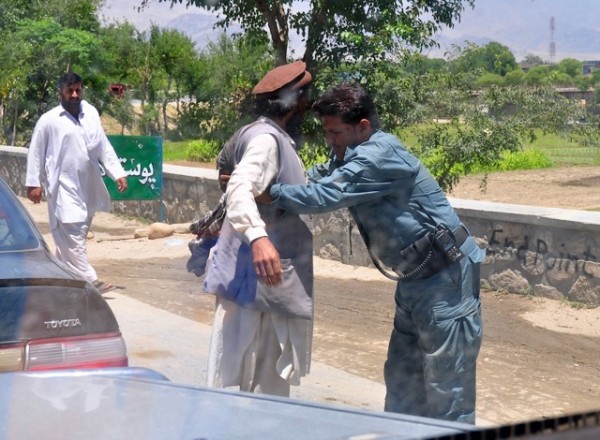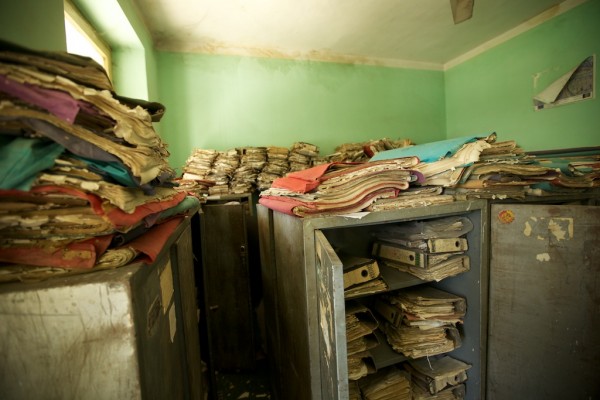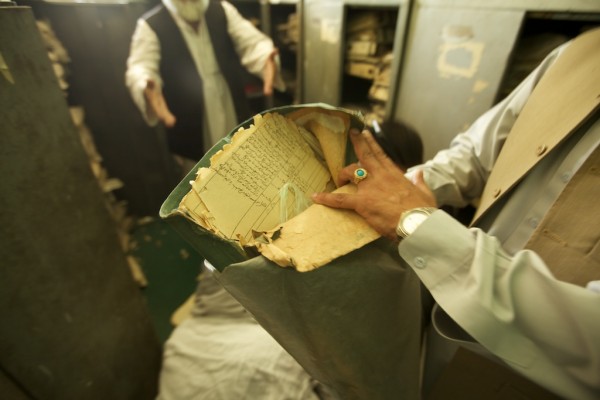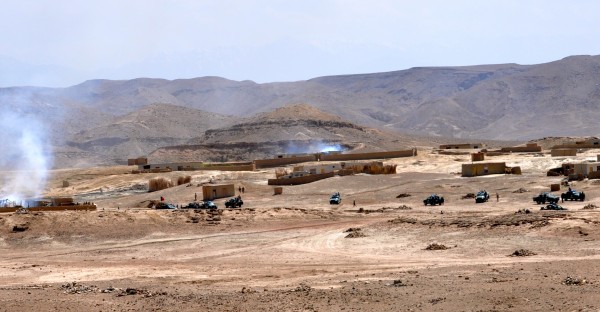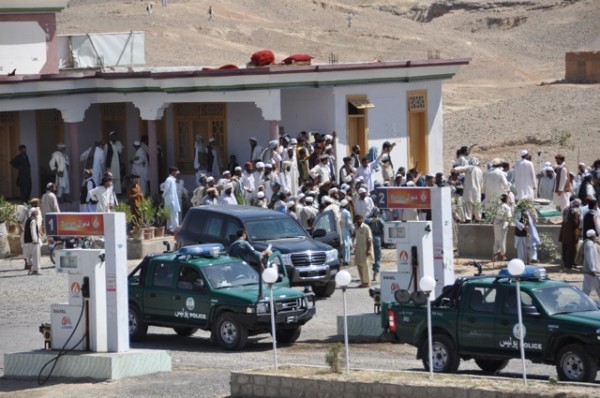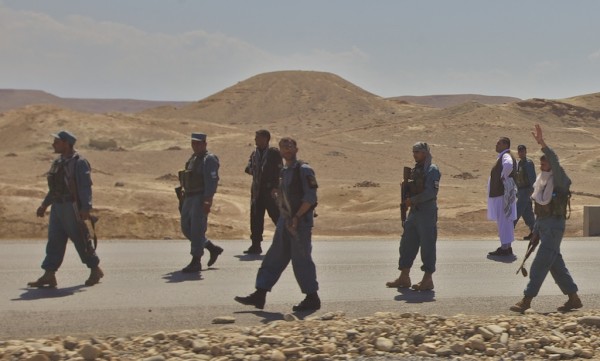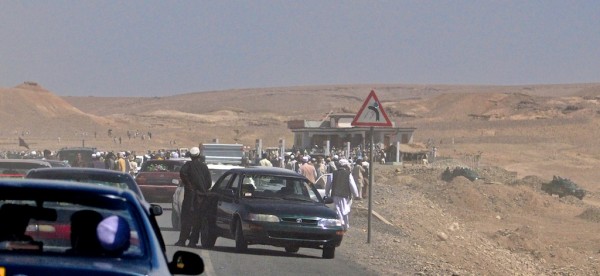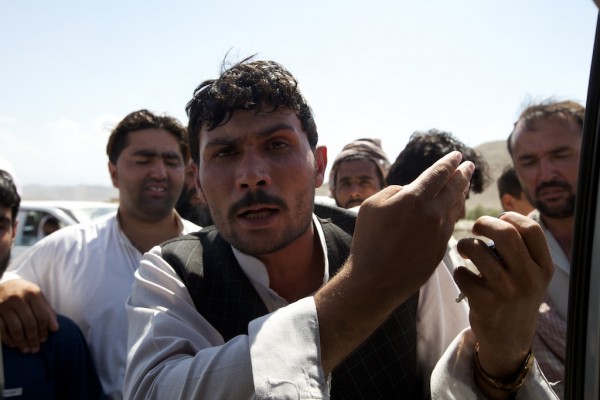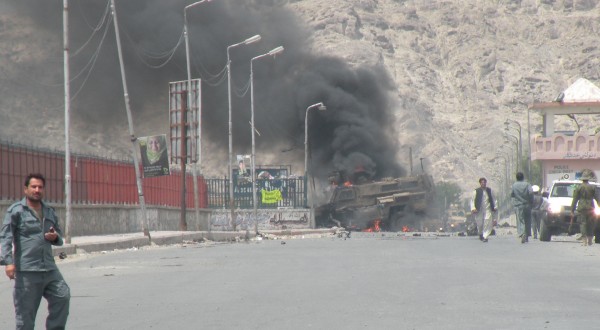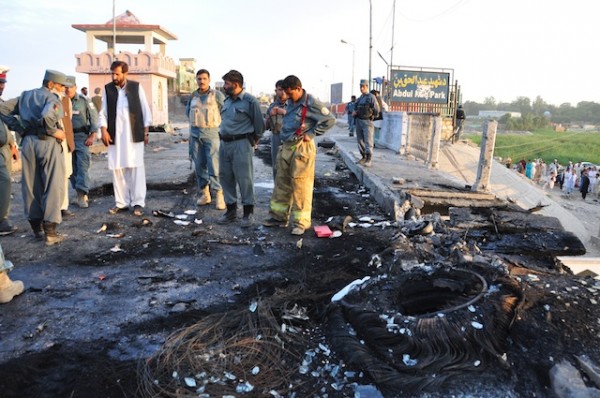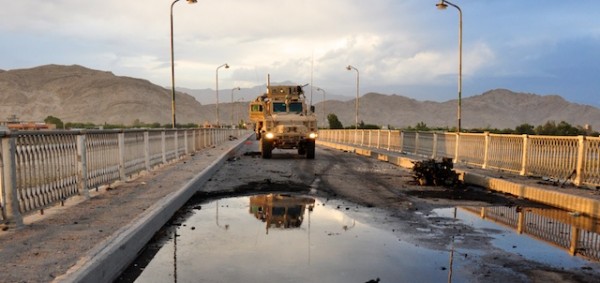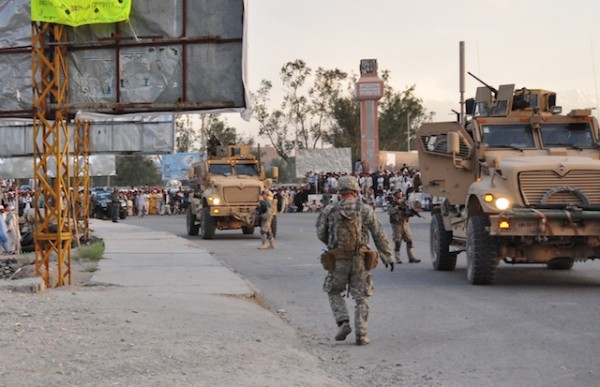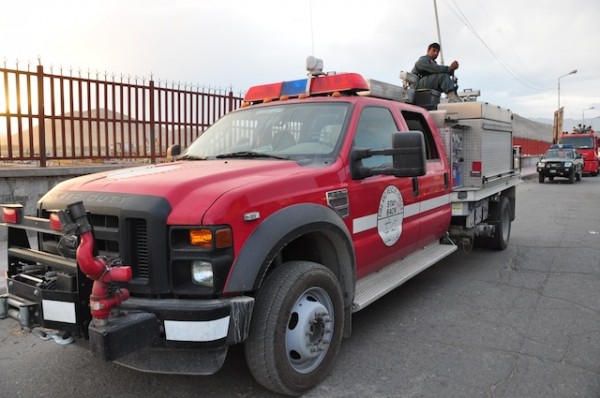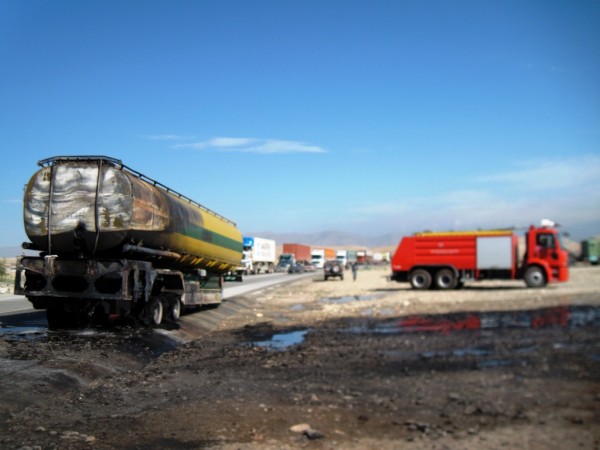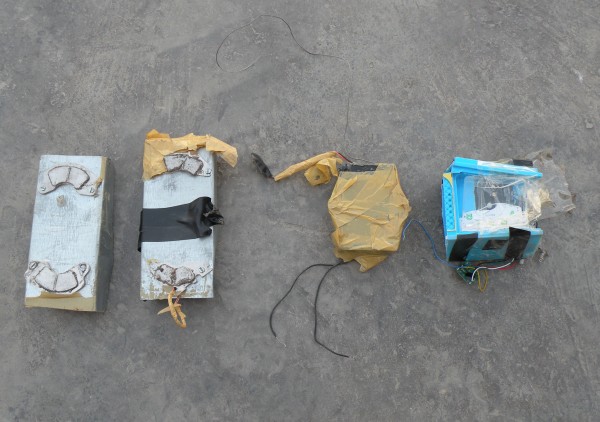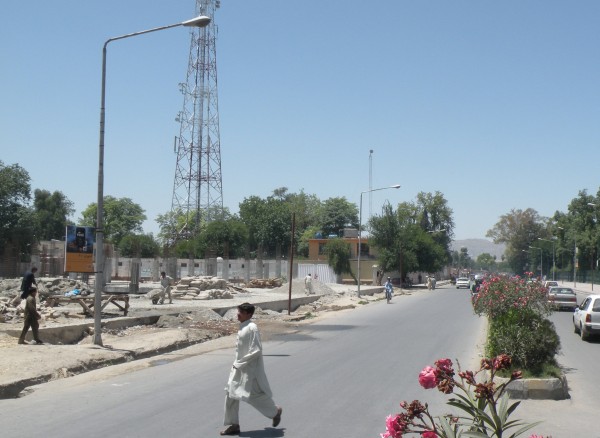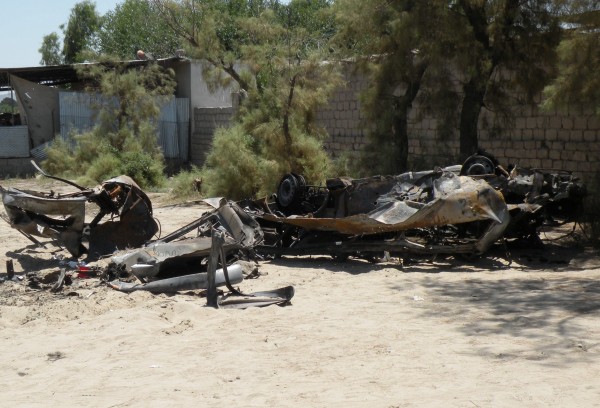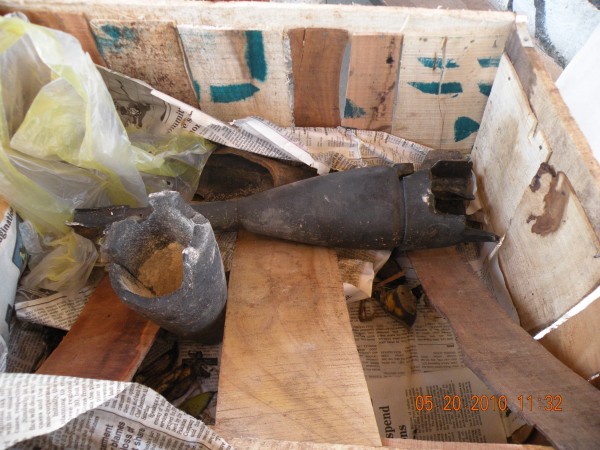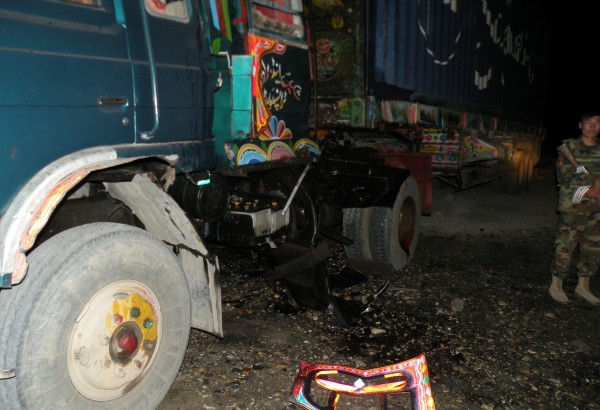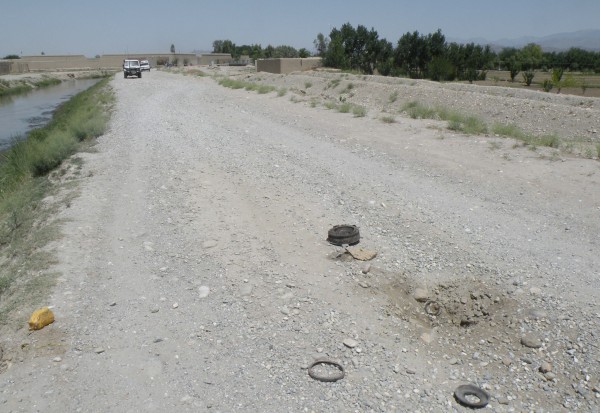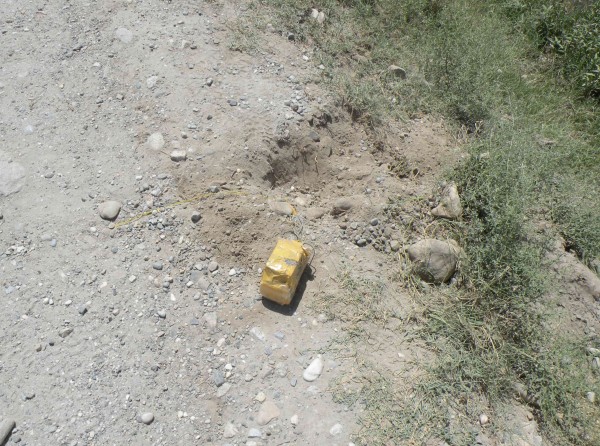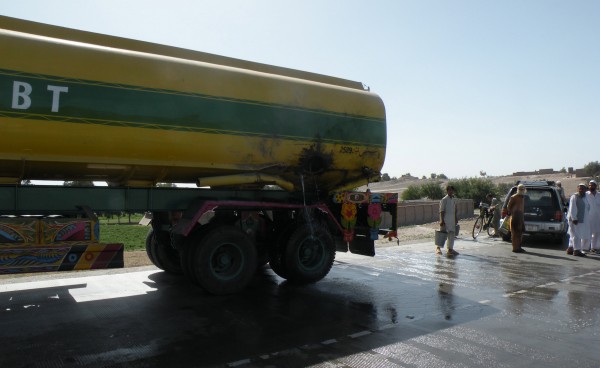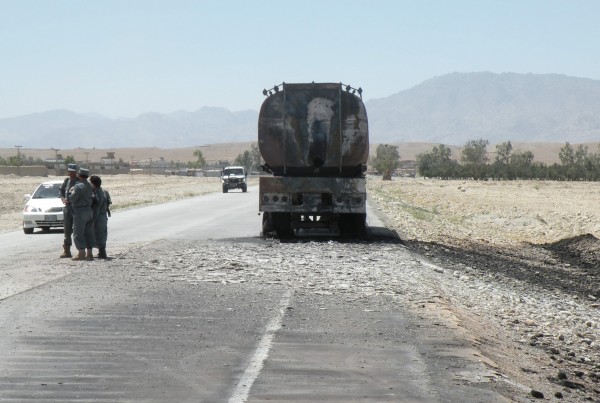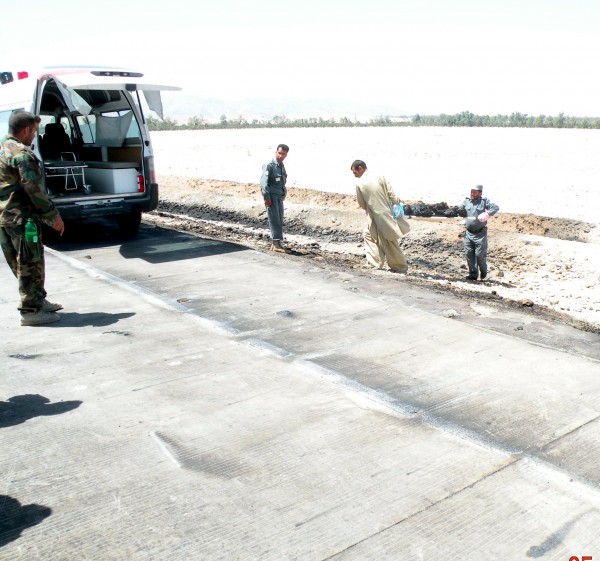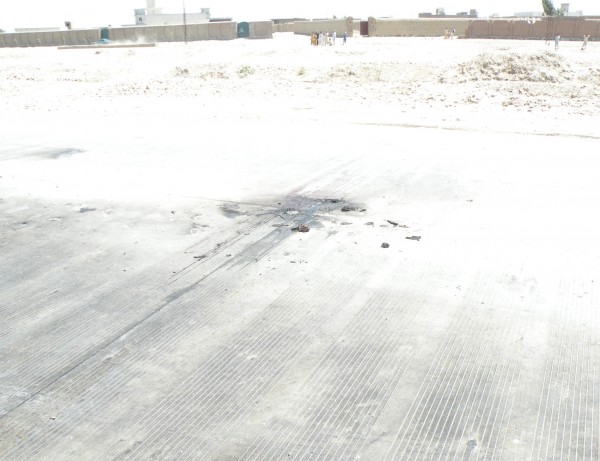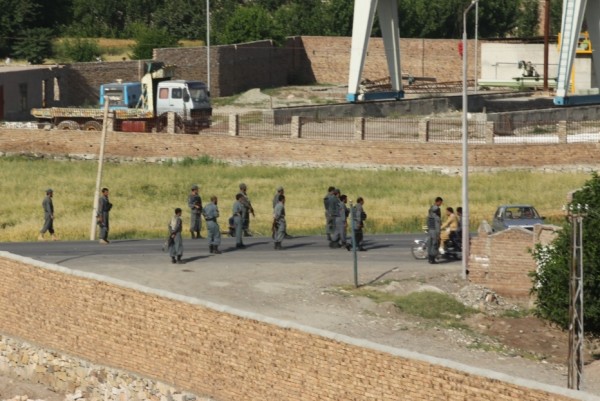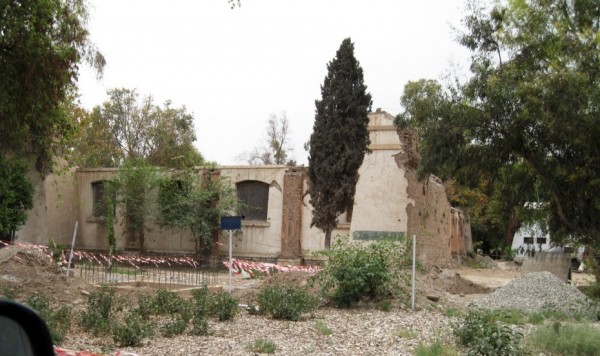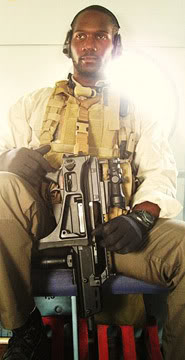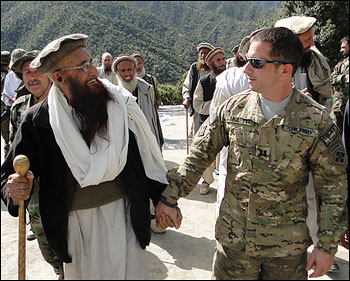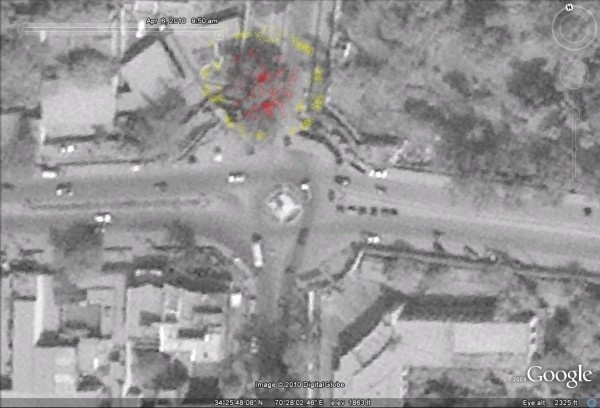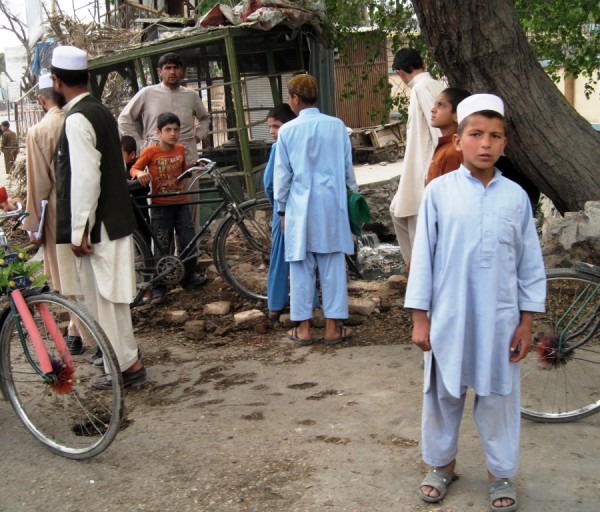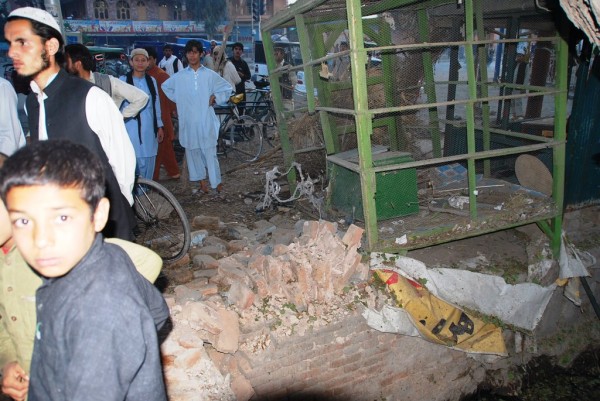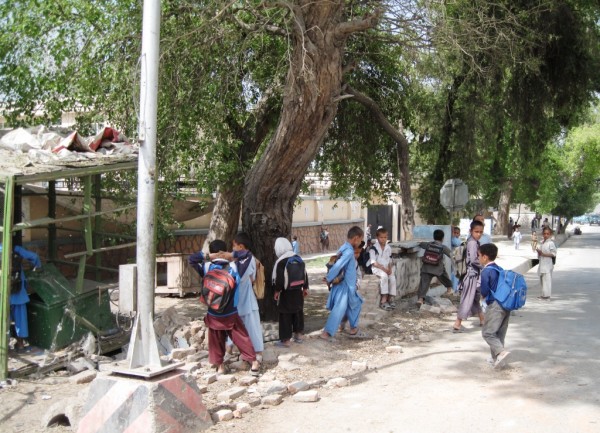One of the Chim Chim’s dropped in for a visit last month. He was on some sort of ISAF inspection team which I didn’t ask too much about and told us that every-time he asked officers from the unit he was looking at what they were doing the reply was “getting after it.” They were getting after it by doing daily presence patrols and stopping every now and then to talk with the local villagers. They then return to the FOB for the night. General Petraeus is getting ready to release a revision of the rules of engagement and early reports say he has included “you can’t commute to the battle” guidance just as he did in Iraq. That is sound tactical advice when the bad guys aren’t commuting to fight – they’re here, right now and exerting more influence then we have seen in the past.

As of three days ago every DVD and CD shop in Jalalabad closed their doors. These shops generate a lot of income and were very popular. Closing them all down is a big deal and the local people, as they are prone to do, blame the government and ISAF for not protecting them.
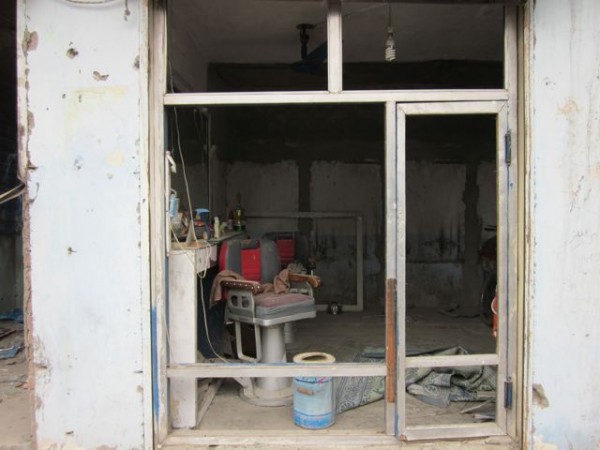
I know I have said this too many times before but the fact remains you can’t project security to any segment of the population from a FOB. You cannot even protect the population living right outside the fence next to the FOB as the Taliban demonstrated last night when they plastered night letters all over the village of Base Ekmalati. A village right behind the large ISAF base in Jalalabad and the same village that I wrote about in this post about the floods.

Here is what the night letter said:
Military Commission of Nangarhar Province
Message of Islamic Emirates Mujahedeen’s to the brave and Mujahid Nation of Nangarhar Province
Allah the great has said lots of realities through his messenger Mohammad that you won’t make these Non-Muslims happy unless you convert to their religion. Every one has eye witnessed the current, devil Supper power, with of Christianity and Jewish fanaticism, thirsty of innocent blood, has invaded the Islamic land of Afghanistan, and trying to reach their hungry and starving goals, by killing innocent people, widowing thousands of women, and orphaned thousands of kids, killings tens of brides and grooms during their wedding nights, bombed/destroyed tens of Madrasas and Masjids, searching our personal belongings in our house looking Usama and Al Qaeda, but few sensation less faces who always sold their Muslim brothers blood for few Dollars are accompanying, and chanting slogans that whatever they, but long life to us.
Still Afghani sensation is alive, still there are lions, in the mountains and Jangles, however a number Mujahedeen’s has died, and wounded, but this has more reinforced Muhedeen’s moral, jailing and difficulties has convinced them more to fight for freedom, and now this feared enemy who was looking at the ground but to the sky, and the slogan for the Muslims they had was either arrest them or kill them, but now with success of Jihad, they are running around the world and seeking an escape route.
Since the enemy is facing their sure defeat, now they are trying to sparate the nation from the Mujaheddens, and discredited Mujahedeens in all different ways.
The Islamic Emirate is informing the nation that we are the guards of Islamic soil and the guard’s life and property, and with the cost of our blood we consider this our religious duty.
The brave nation be awake and remember that the enemy is in escaping position, do not let them to mislead you, and do not let them blame you as the thieves and the abductors.
Islamic Emirate Is Informing the Nation of the necessary things as follows
The Islamic Emirates inform the nation from the following matters.
- Those who abducting local and Tribal elders, and charging locals for all the different types of taxations/charities, they are not Taliban indeed, but American agents. The Islamic Emirate is seriously looking into this issue, whoever again faces the mentioned problems they should contact and inform the local Mujahedeens in there are of their problems, in case they can not reach the local Mujahedeens, they can contact the local elders or scholars, so that they can reach the Military Commission, the criminal will face severe consequences.
- If any one, welling to pay charity to the Islamic Emirate, he should contact three people District Military commission and at the same time three people from Province Military commission.
- The Islamic Emirate is having different commission for, natural resources, Mines, NGOs, those who are working in the mentioned sectors has to refer to them, and if any one is asking them for money they are not Taliban, but the American agents, and Insha’Allah they will face the same consequences as the Americans.
To the Authorities
- Those who are working with the ANA/ANP, Parliament, Provincial counsel and other governmental organizations for few dollars they should immediately quite their jobs, and promise Allah that they won’t do it in the future. This will be the last warning of Mujahedeens of Islamic Emirate of Afghanistan for them.
- Those conscienceless spies, who are spying about Muslims for few dollars we have a list of them and very soon we will publish their details, and for sure they will face severe consequences.
- Some slave type people who are trying to establish tribal Arbakia forces or to convince others to join these forces, the Islamic Emirate is not differentiating them from the Americans.
To The Scholars and Mullahs
- Dear, you are the leaders of the tribe, and the representatives of Mohammad, you better know that most Quranic verses and Adiths is ordering to stay away from non Muslims and tells to fight them, this is your Islamic duty and responsibility that you implement this order of Allah.
Those of you who know a thing or two about night letters will note that this one lacks a seal of either the commander or the organization who released it. But the abrupt closing of all the DVD shops in town indicates the bad guys have established a foothold inside the city.
I wish I could see some evidence that the American Army is getting after it too but so far, with the exception of a brief, effective offensive in Kunar I see nishta. The Army is setting itself up for more scathing criticism like this article. An example from the linked article:
Yet even as I was filling my notebook with details of their delusionary schemes, the base commander told me he had already been forced to put aside development. He had his hands full facing a Taliban onslaught he hadn’t expected. Throughout Afghanistan, insurgent attacks have gone up 51 percent since the official adoption of COIN as the strategy du jour. On this eastern front, where the commander had served six years earlier, he now faces a surge of intimidation, assassination, suicide attacks, roadside bombs, and fighters with greater technical capability than he has ever seen in Afghanistan.
The only reason we are not seeing more stories like this is the media narrative remains squarely with the Obama administration and they are not going to release too many stories ridiculing our (his) efforts on the ground. How much longer will that paradigm hold? Saying you are focused on bringing security to the population while doing little in the way of securing the population is obviously not going to work much longer. Had the reporter (Ms. Jones) been a little more savvy about things military she may have asked the one question nobody can honestly answer and that is if you are not going to secure the population then why are all these people here and shouldn’t they be sent home?
The Taliban are out in the open, trying to tax the people, running shadow governments, putting up night letters to intimidate the people living 100 meters outside the wire of a major regional base. There is only one thing the military can do given current ground truths and one need look no further than Herschel Smith at the Captains Journal to find the yellow (school solution.)
They need to look into the eyes of every inhabitant, be inside every home, take every fingerprint and scan every iris. Their patrols need to be ubiquitous, day and night, and they don’t need to wait on the ANA or send them into the homes first. They need to proceed with door kicking in the middle of the night if that’s what it takes, they need to project force, and they need to do it beginning now and carrying on until every last insurgent has been captured or killed. Killed is better than captured given the poor state of the Afghanistan system of justice (i.e., catch and release).
It is just that simple but we seem to be light-years away from doing this. Now everything hangs in the balance, all the work we have done, all the programs we are currently running, all of that is now in play and the bad guys are setting the agenda, have the initiative, and dictating the terms of the fight. They’re the ones who are getting after it.


